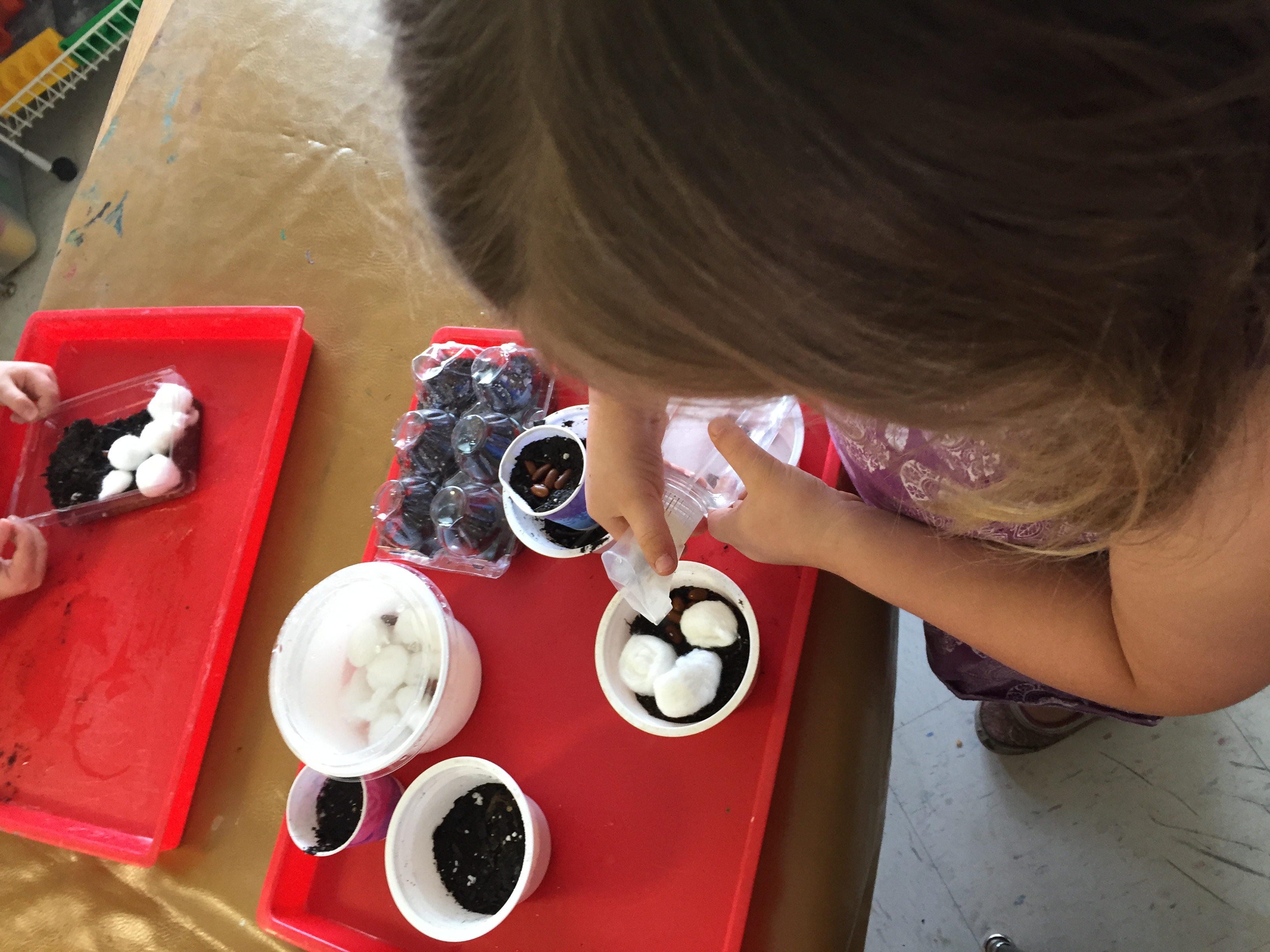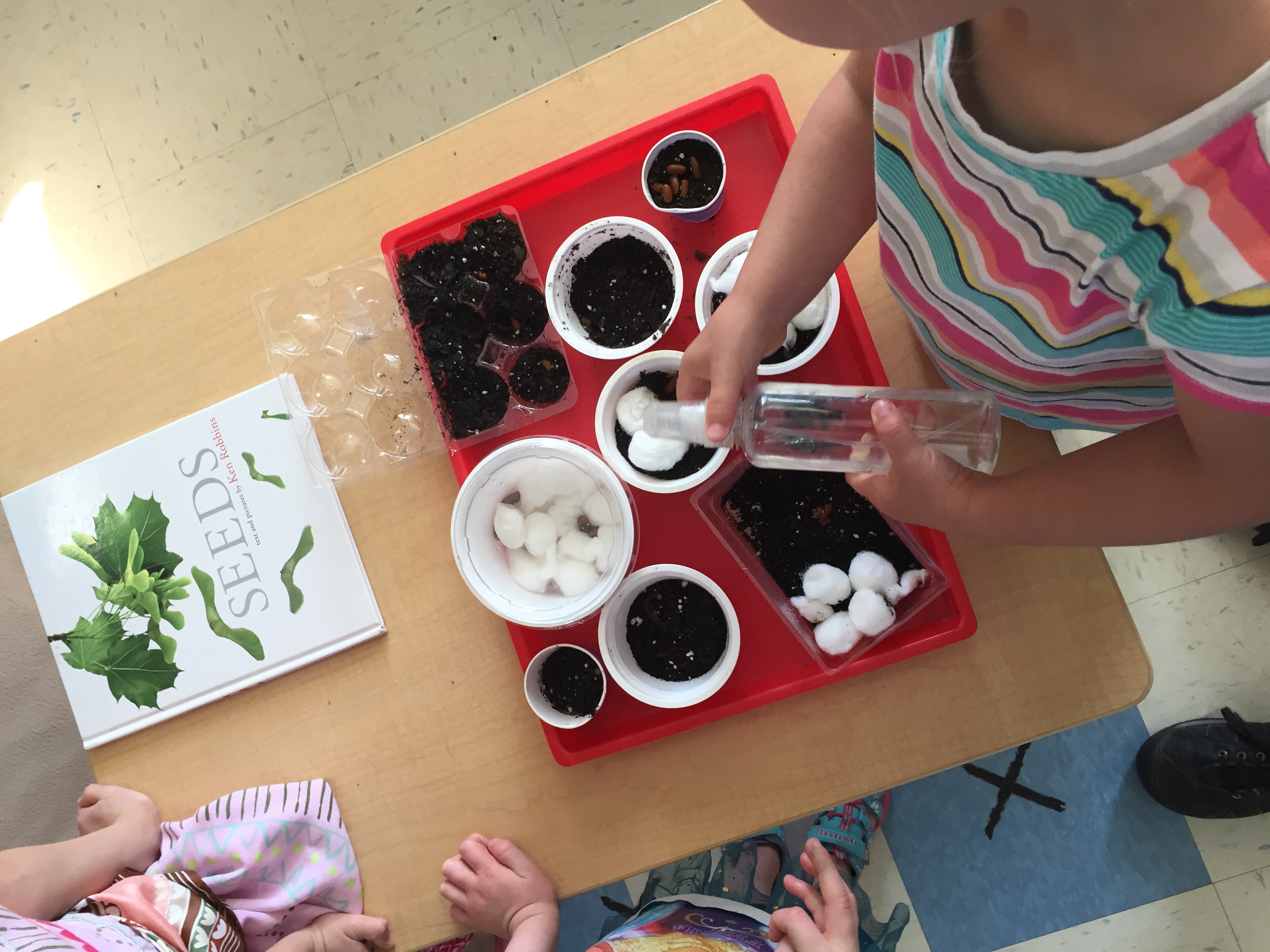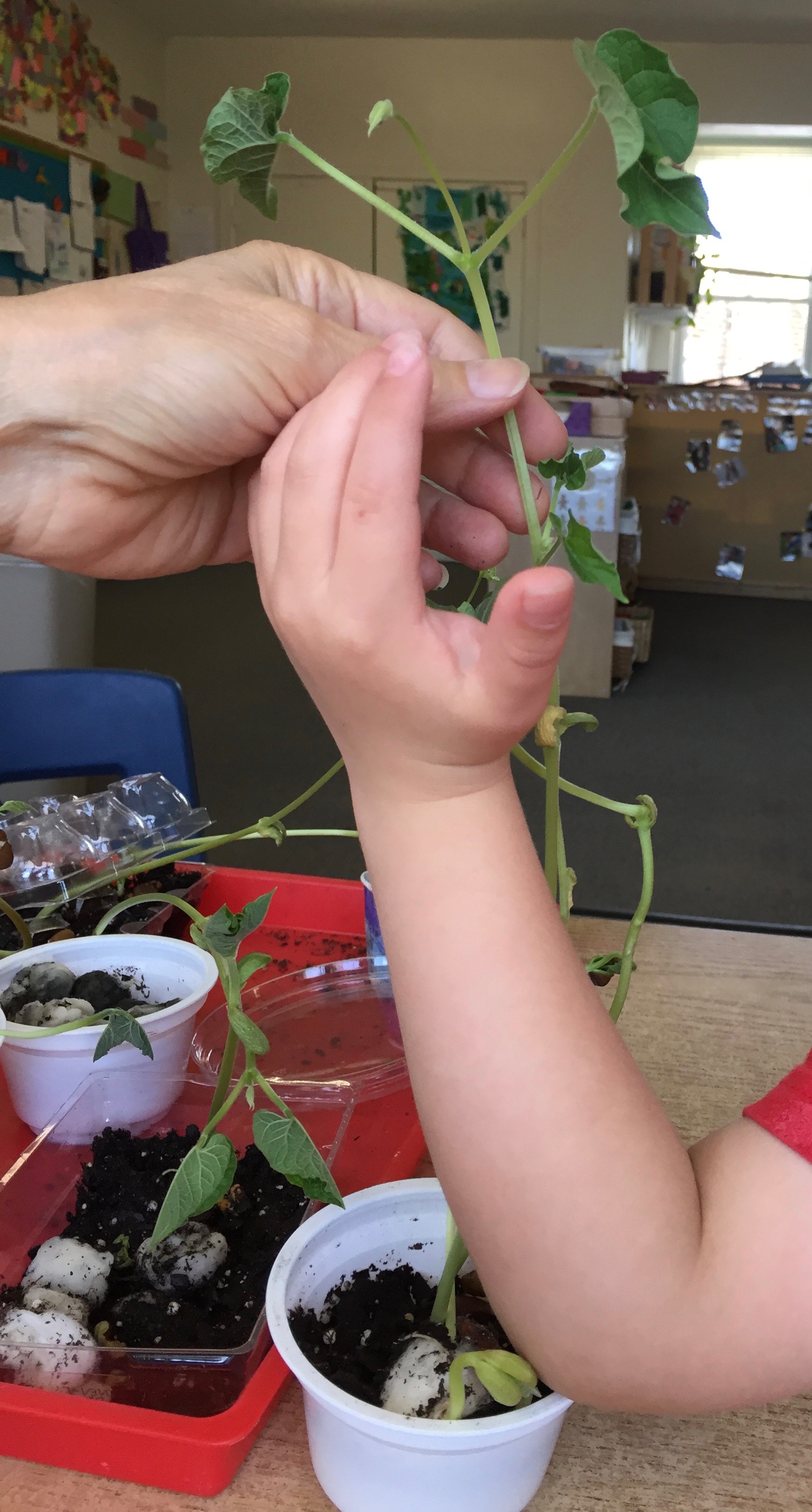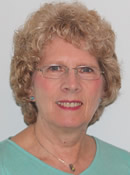
Building race cars made of food and powered by potential energy stored in a rubber band is one of the hands-on, inquiry-based activities in the Roads, Rails, and Race Cars after-school program, held in schools around Nebraska. Photo credit: Mid-America Transportation Center
When students build race cars and compete in races, they can learn science, technology, engineering, and math (STEM) concepts, are more likely to retain what they learned, and have fun in the process, educators have found. Building and racing CO2-powered dragsters— miniature race cars propelled by a carbon dioxide cartridge—“creates a lot of excitement and anticipation in students. When I tell students that [there] is going to be a competition, that sparks a lot of students to want to try and make the best car possible,” says Matt Hall, a fifth-grade teacher at Manchester Middle School in Manchester, Michigan.
The project began two years ago when Amcor, a global supplier of plastic packaging that has a local office, gave the school a $2,500 grant to fund a science project. Hall and the other fifthgrade teachers “decided to do CO2 cars. It lined up with what I was teaching in fifth-grade science, in a forces and motion unit,” Hall explains. “When I was in high school, we built CO2-powered dragsters, and it was a memorable project for me. I liked designing something and building it and seeing it in 3D.”
The grant paid for “consumables, car parts, a starting gate and finish line with a sensor, equipment, and paint,” Hall relates. The following year, another Amcor grant of “$800 or $900” funded paint and other consumables, he notes.
During the design phase, “we looked at car designs: what made cars faster and more aerodynamic,” he reports. “There was a relationship between what we discussed and building the cars. It was force and motion principles in action.” Before designing the cars, he says many students had trouble understanding the effects of mass on acceleration. Afterward, “I was very surprised to see some students who were special education or not the best academically come up with some interesting designs,” he observes.
Next, Hall and co-teacher Cindy Karapas “set up different stations [for activities like] prototyping, cutting [car bodies from balsa wood], drilling, sanding, and painting,” he explains. They ensured safety by having students wear eye protection and aprons to protect their clothes, roll up long sleeves, and tie back long hair. In addition, “I spent most of the time supervising [the cutting and drilling stations],” he asserts. Parent volunteers also staffed the stations to prevent injuries.
Students then raced their cars in the tournament. About 100 fifth graders participated in the race each year, Hall recalls. Excitement about the event has made students “more likely to talk about the project and the science,” he contends.
“Some students do worry that if their car loses in the first round of racing, is that going to affect their grade? I tell [them] their grade on their car project is not dependent on how well they do in the race. They are graded on thoughtful design of their car, taking into consideration all that we have learned about forces and motion,” he points out.
For 10 years, Kara Gelinas—grades 5–6 science teacher at Edgartown School in Edgartown, Massachusetts— has run annual solar car races for fifth and sixth graders at schools on Martha’s Vineyard. Energy services organization Cape Light Compact sponsors the races, providing materials and race day volunteers. The main challenge with this event is the weather: “We need the sun. If it rains, we have to hold the race in the gym with battery packs,” Gelinas explains.
Teachers “realize how [the race] ties in with STEM and STEAM [STEM plus art] and meets standards. The push for STEAM is great because it’s about figuring things out, not just doing activities,” she maintains.
“Students have to use only one particular solar panel and motor, the cars have to have at least three wheels and carry an empty can, and they have to use the same track,” Gelinas explains. When building them, students learn about energy transfer, gears, torque, electricity, engineering, and sustainable energy. “Students’ choices of design have tangible results on the racetrack… The engineering design process—evaluating, sharing, and retooling—makes it really clear what is wrong with their cars. For example, lots of students gear [their cars] for speed, but don’t have enough torque. They [learn that they] have to gear for torque for the car to work,” Gelinas notes.
While some teachers don’t count building the car as part of students’ grades, Gelinas says she has a rubric for group work: “teamwork, collaboration, being careful with materials… Students also have classroom assessments of the content—solar panel operation, gear ratios, energy transfer, kinetic and potential energy, conservation of energy—and technology and engineering standards, including use of tools and materials.”
She recruits 25 community volunteers to judge the race, which typically has about 200 student contestants. Students answer judges’ questions about how their cars work, why they chose their design, and how they had to modify their design. Judges award prizes for design, technical merit, and knowledge.
“I don’t grade the outcome of the [race] because some of the cars don’t even move on the track. We run 12 heats, but some cars don’t make every heat,” she notes. Students learn “when they make mistakes, it’s not a failure, not a crisis. It’s just a mistake.”
Building race cars from food and powering them with the potential energy stored in a rubber band is just one of the hands-on, inquiry-based activities in the Roads, Rails and Race Cars (RRRC) after-school program in Nebraska, which features a transportation- based curriculum for grades 4–12 and is funded by the U.S. Department of Transportation, State Farm Insurance, and Union Pacific Railroad Company. Students from groups historically underrepresented in STEM-related fields are especially encouraged to join a weekly RRRC club. “Our focus is on middle school,…[when] some students begin to lose interest in math and science,” says Laurence Rilett, Keith W. Klaasmeyer Chair in Engineering and Technology at the University of Nebraska–Lincoln (UNL) and director of the Nebraska Transportation Center and the Mid-America Transportation Center (MATC). MATC has offered RRRC since 2010.
Professional and industry partners inform students about careers in engineering and transportation, while showing them “you need math and science to do these jobs,” Rilett relates. University student mentors majoring in STEM subjects also lead activities related to transportation engineering. “[A]ny mentoring helps reinforce what students learn in class,” he asserts.
Building the cars teaches students about “friction, force, resistance, and gravity,” Rilett explains, and they learn about impact and momentum in a lesson about what happens when race car drivers crash into a barrier. UNL engineers developed the Steel and Foam Energy Reduction Barrier system, which has saved drivers’ lives, he notes.
For STEM lesson plans developed by teachers who attended RRRC’s Summer Institute, see http://goo.gl/gAECsW.
This article originally appeared in the October 2017 issue of NSTA Reports, the member newspaper of the National Science Teachers Association. Each month, NSTA members receive NSTA Reports, featuring news on science education, the association, and more. Not a member? Learn how NSTA can help you become the best science teacher you can be.
The mission of NSTA is to promote excellence and innovation in science teaching and learning for all.
Follow NSTA


 I’m a new teacher and I can’t believe how ragged I feel—I seem to be just barely ahead of the class. I have lessons that are not going to plan and I feel like I’m just running around non-stop. Please help! —W., Virginia
I’m a new teacher and I can’t believe how ragged I feel—I seem to be just barely ahead of the class. I have lessons that are not going to plan and I feel like I’m just running around non-stop. Please help! —W., Virginia













 Dr. Carolyn Hayes is a retired NSTA president (2015-2016). Dr. Hayes is a retired high school biology teacher from Greenwood, Indiana. Hayes earned a B.S. degree in biology from Indiana University in 1973, a M.S. degree in secondary education from Indiana University in 1976, and an Ed.D. in secondary education and biology from Indiana University in 2005. Follow Carolyn on Twitter
Dr. Carolyn Hayes is a retired NSTA president (2015-2016). Dr. Hayes is a retired high school biology teacher from Greenwood, Indiana. Hayes earned a B.S. degree in biology from Indiana University in 1973, a M.S. degree in secondary education from Indiana University in 1976, and an Ed.D. in secondary education and biology from Indiana University in 2005. Follow Carolyn on Twitter 
